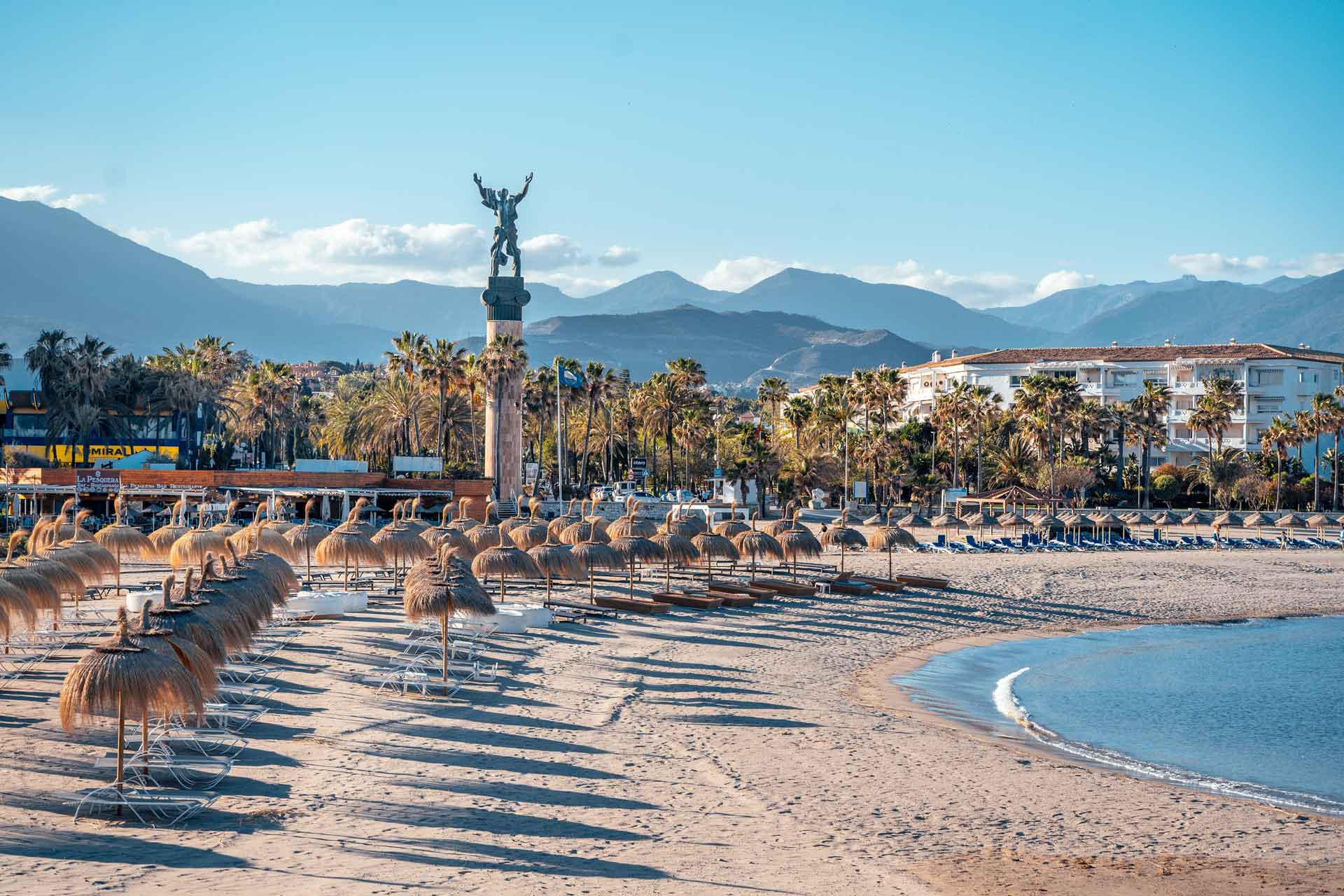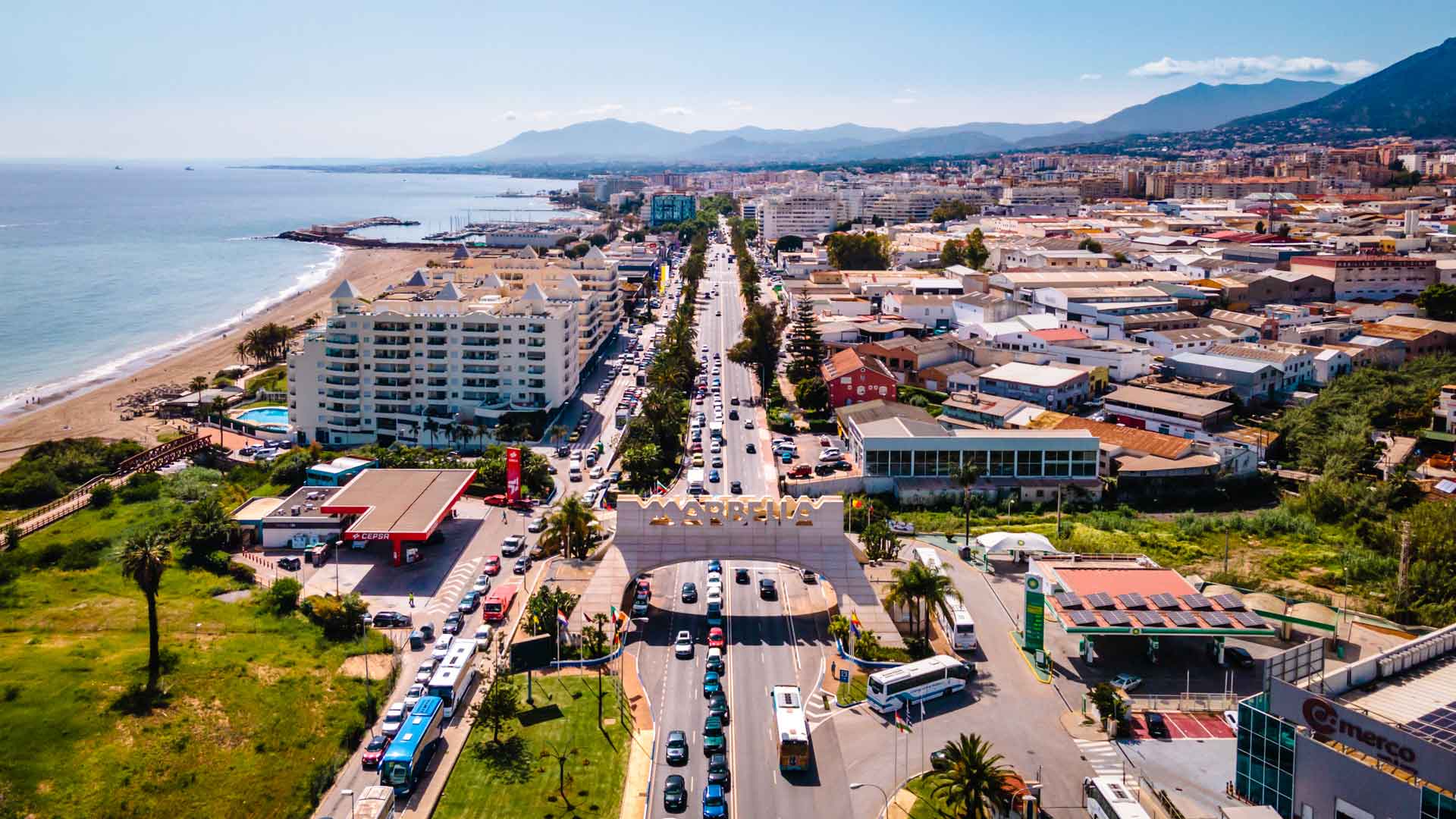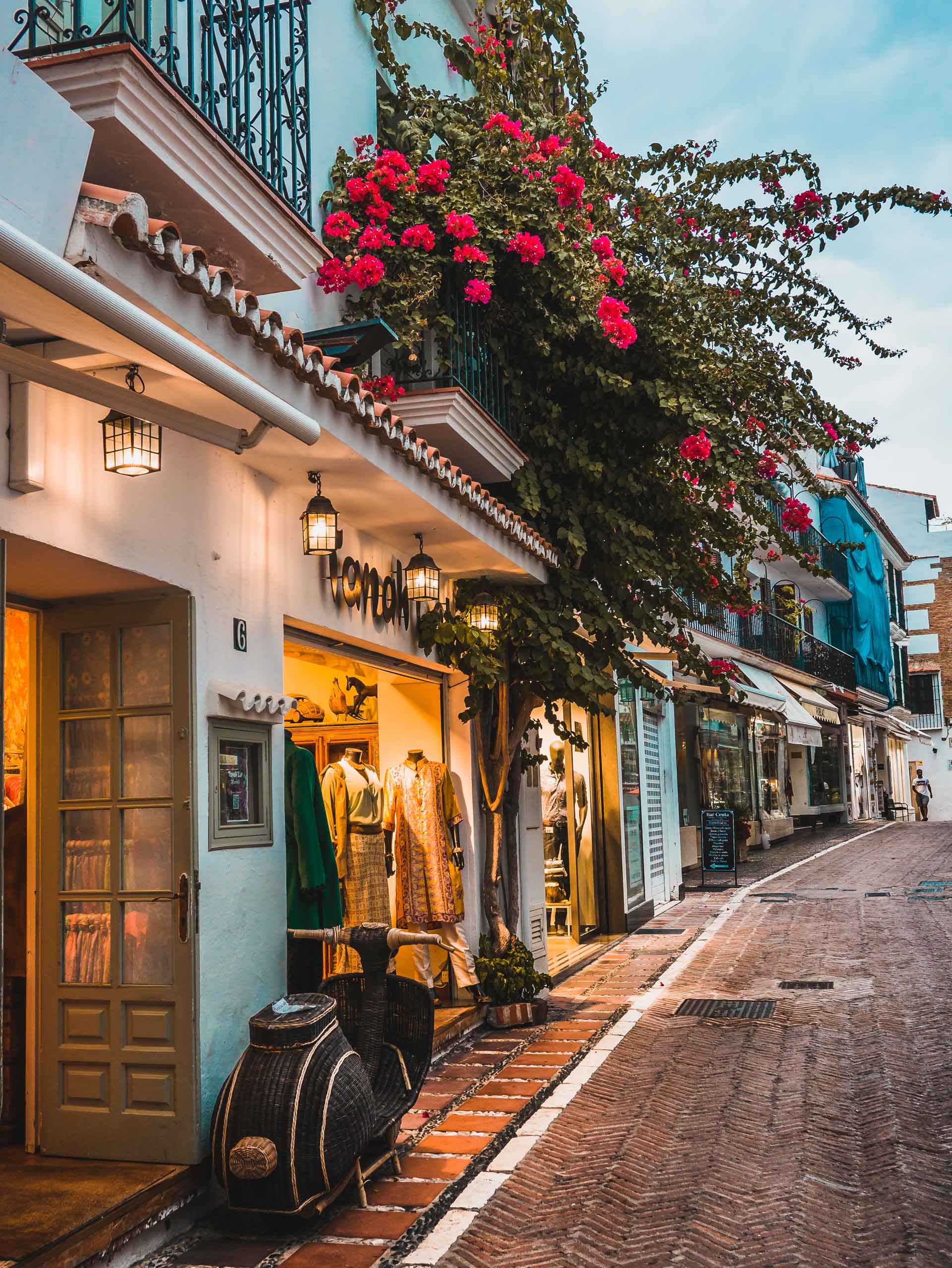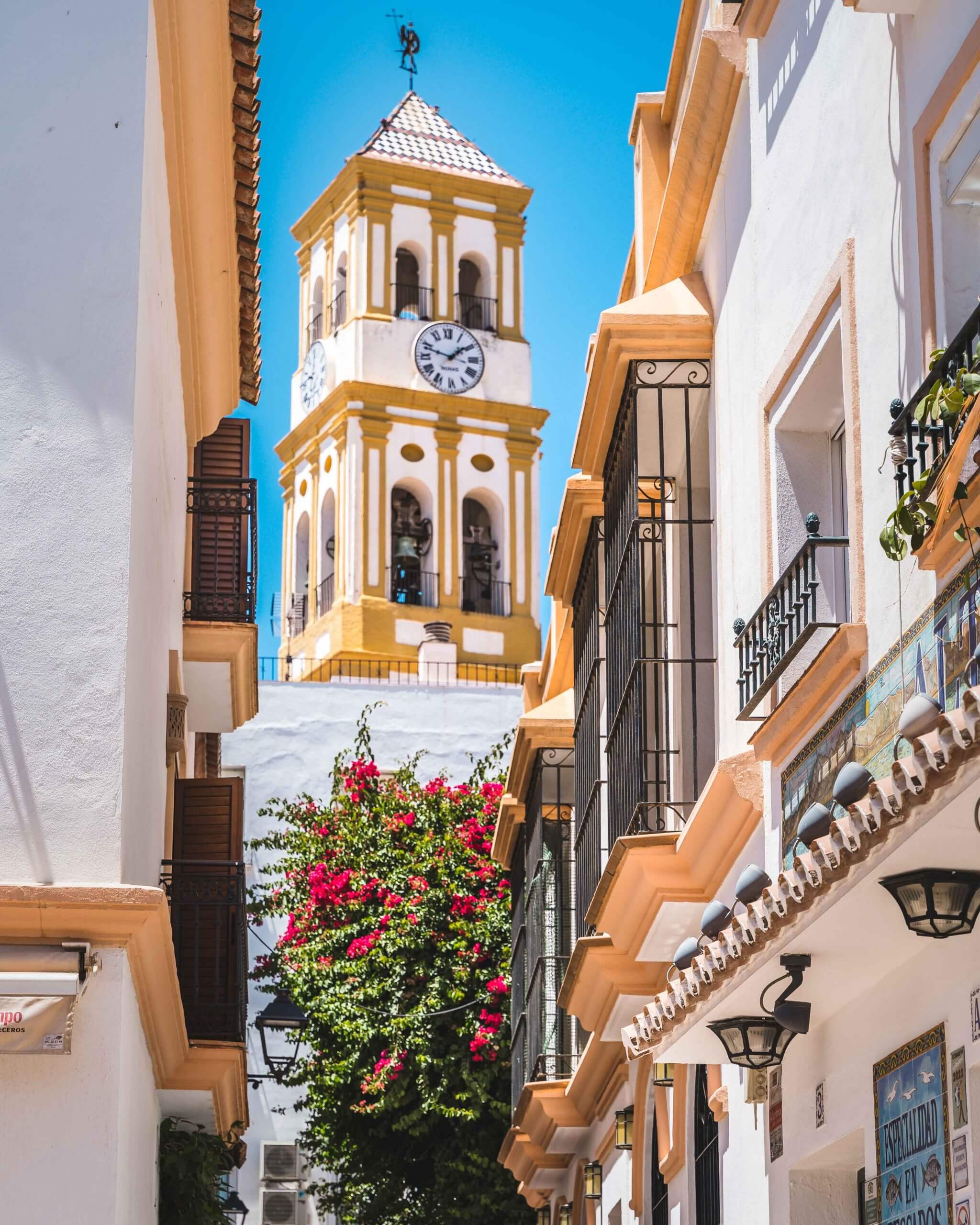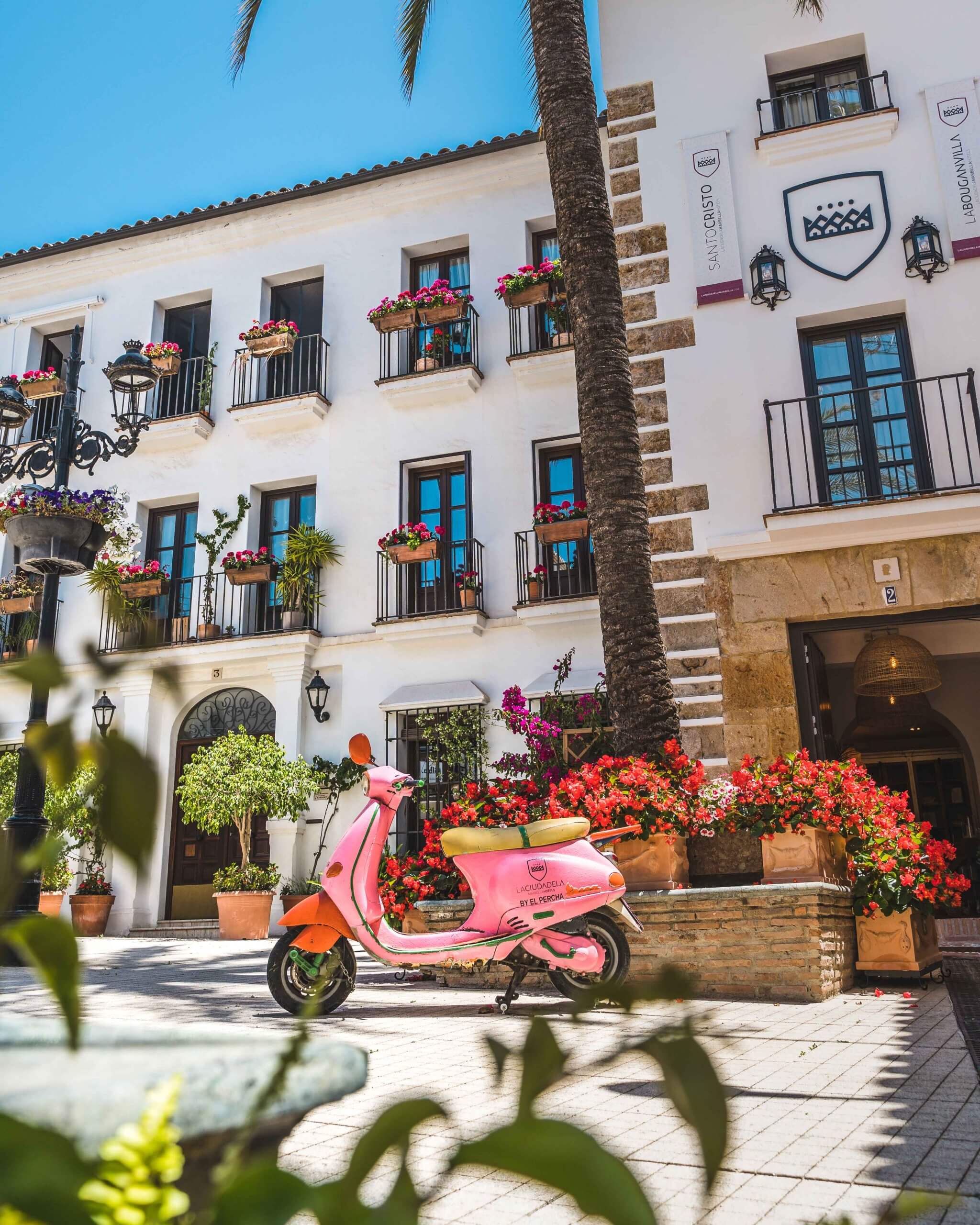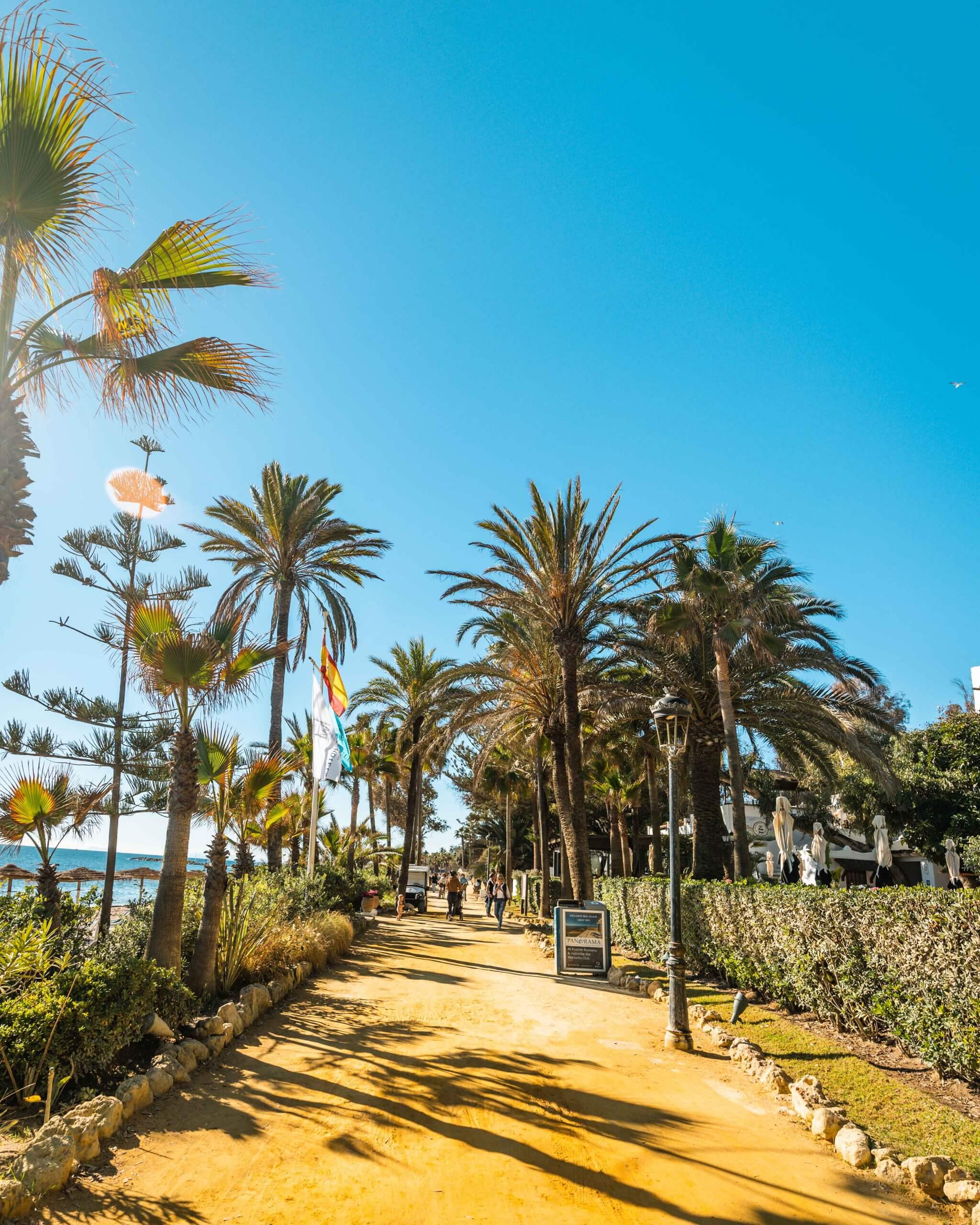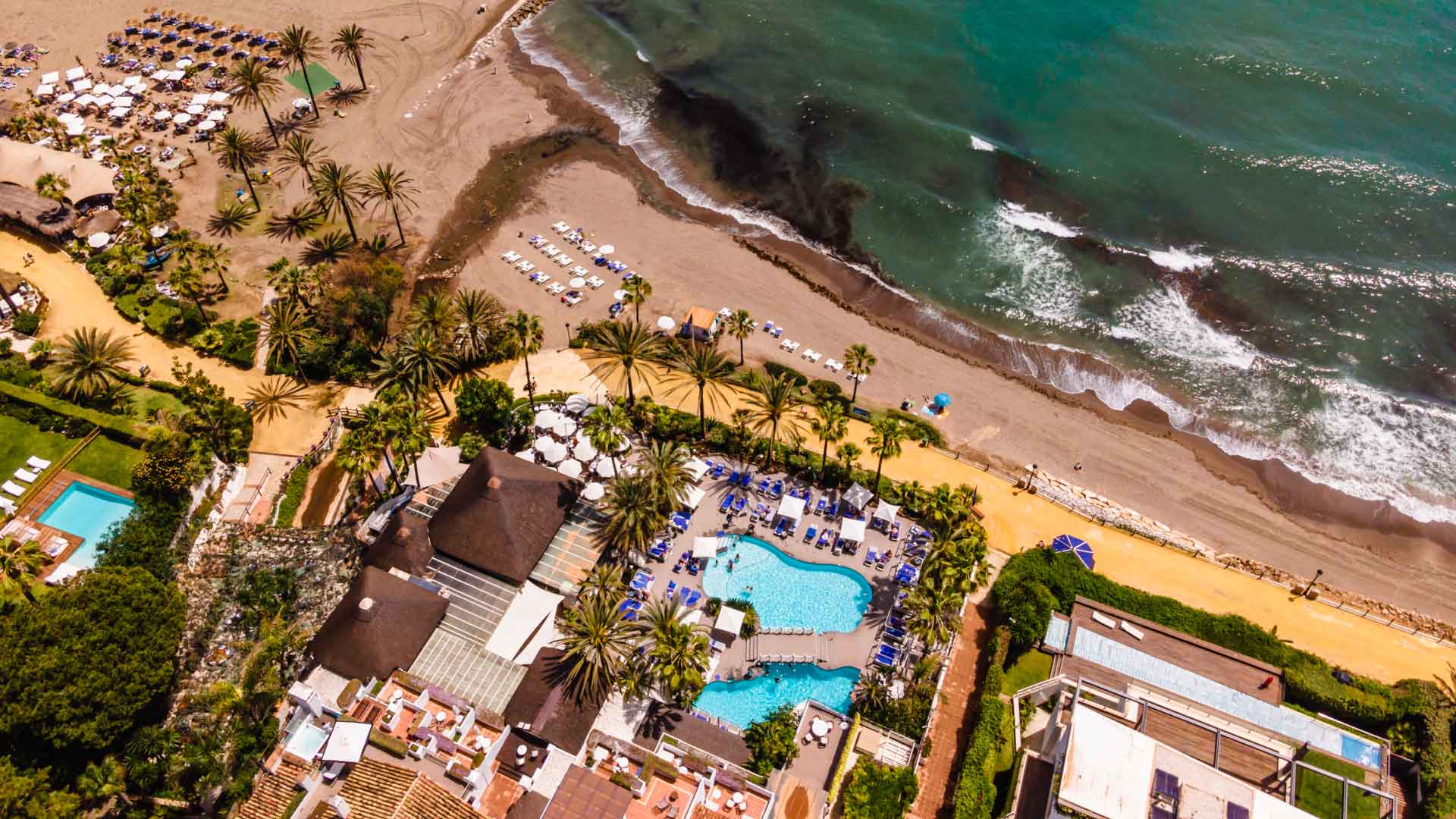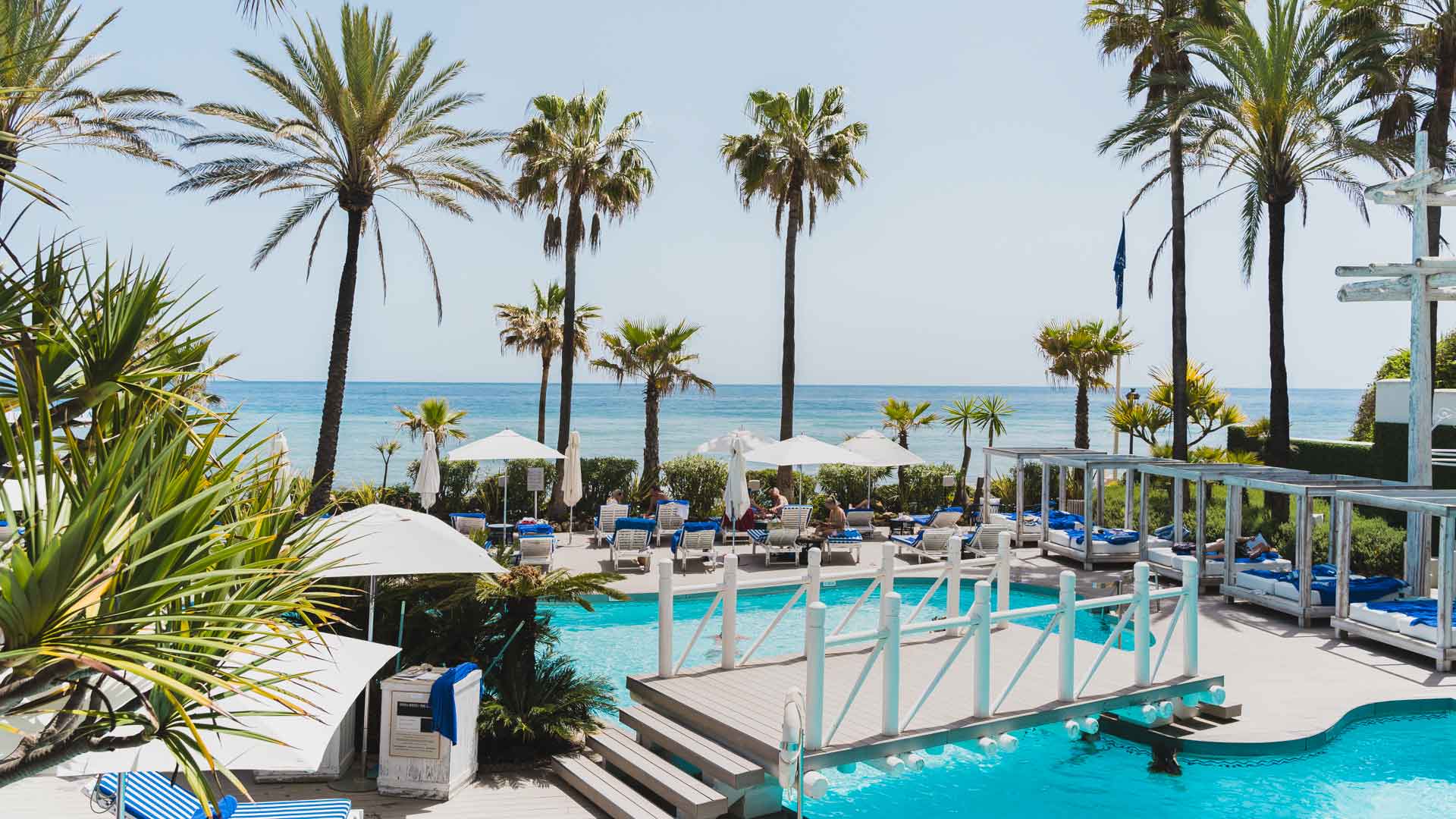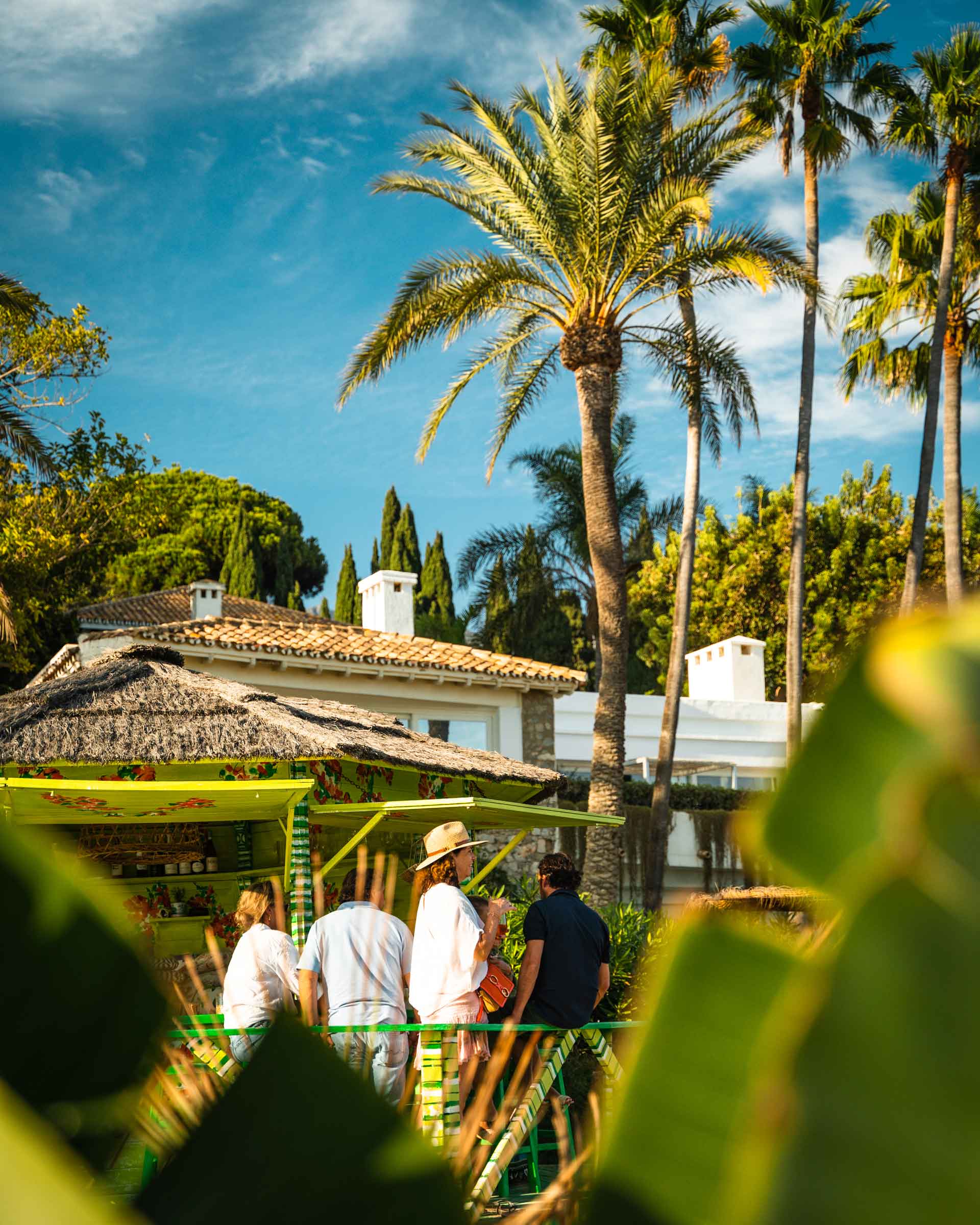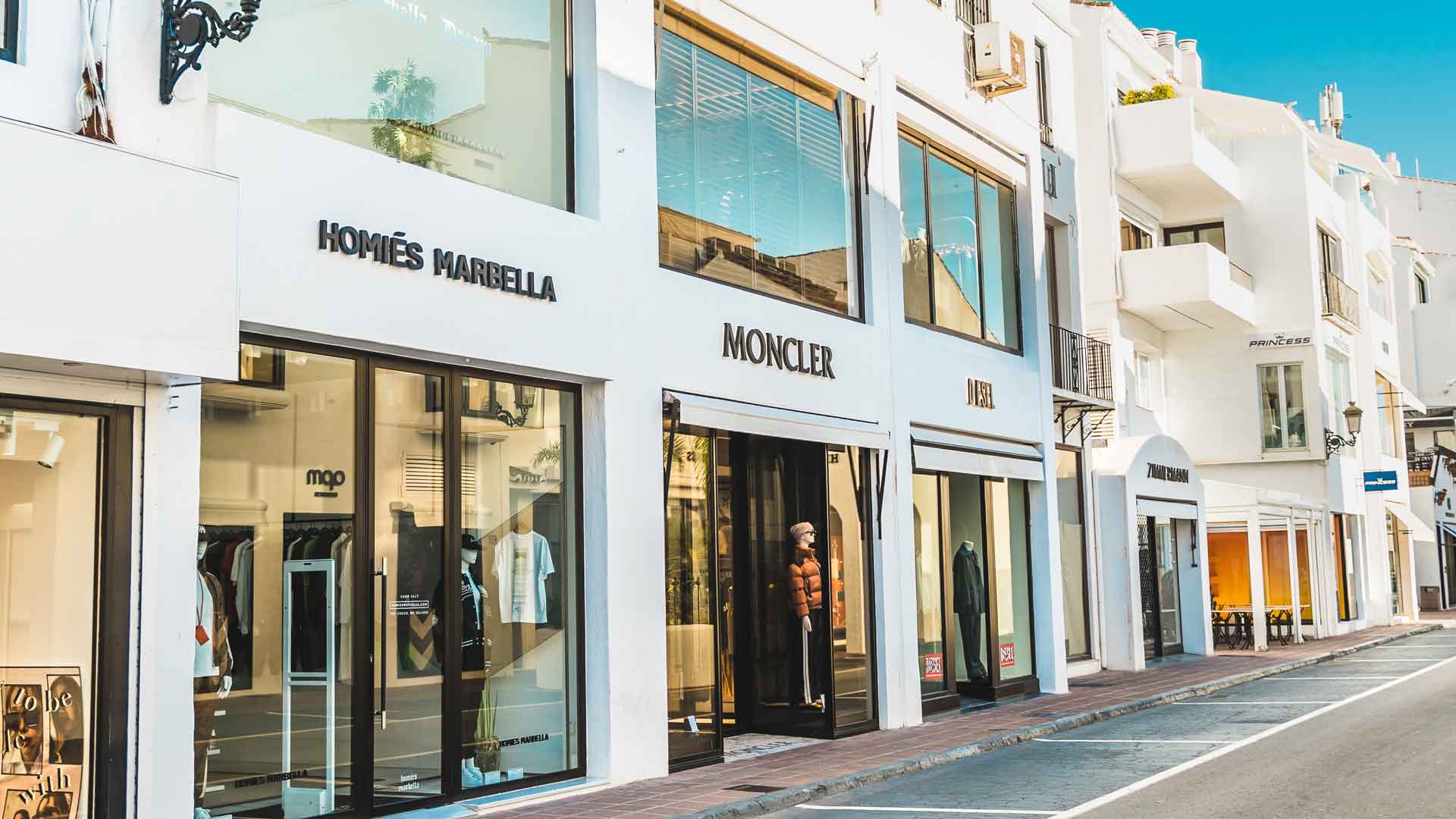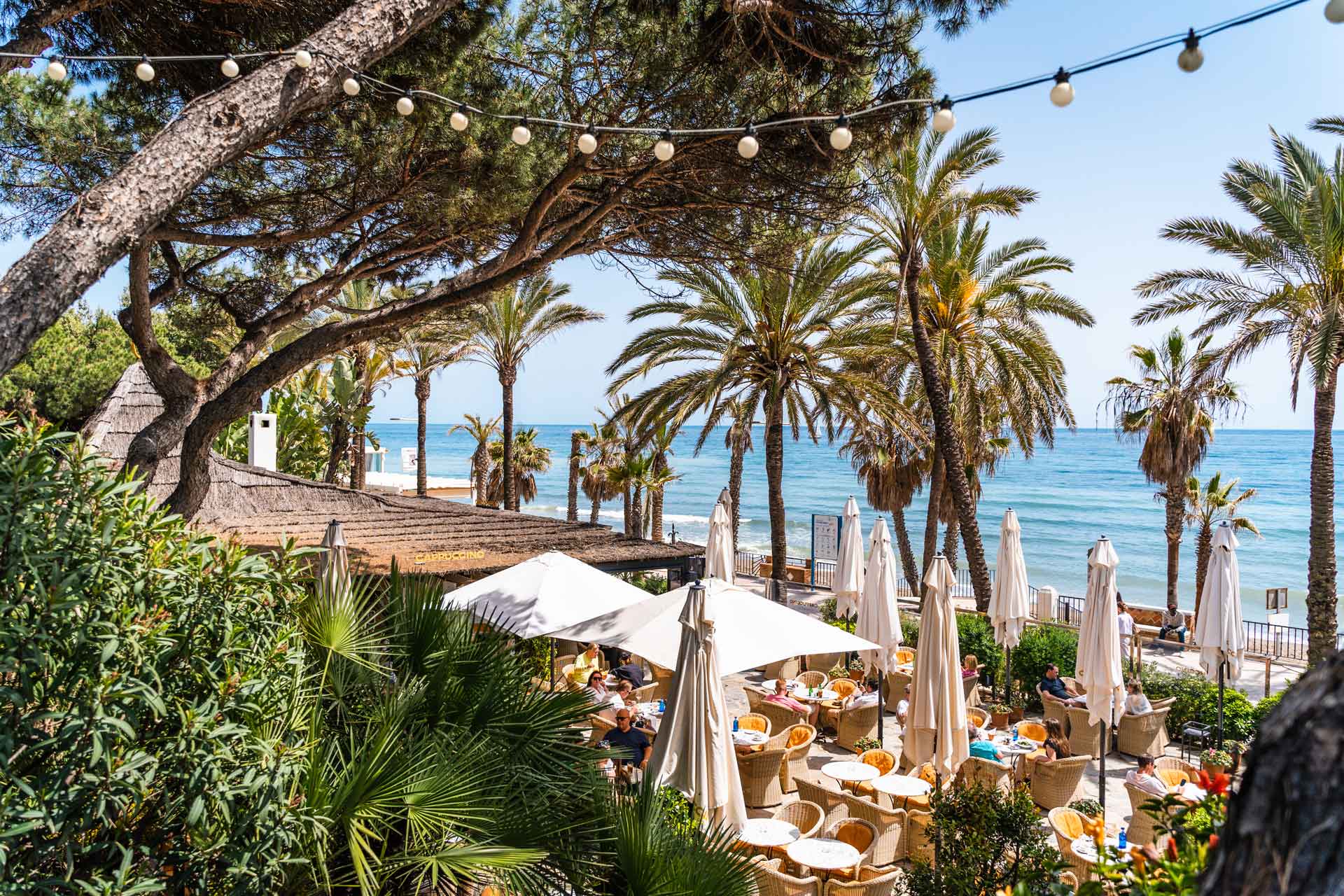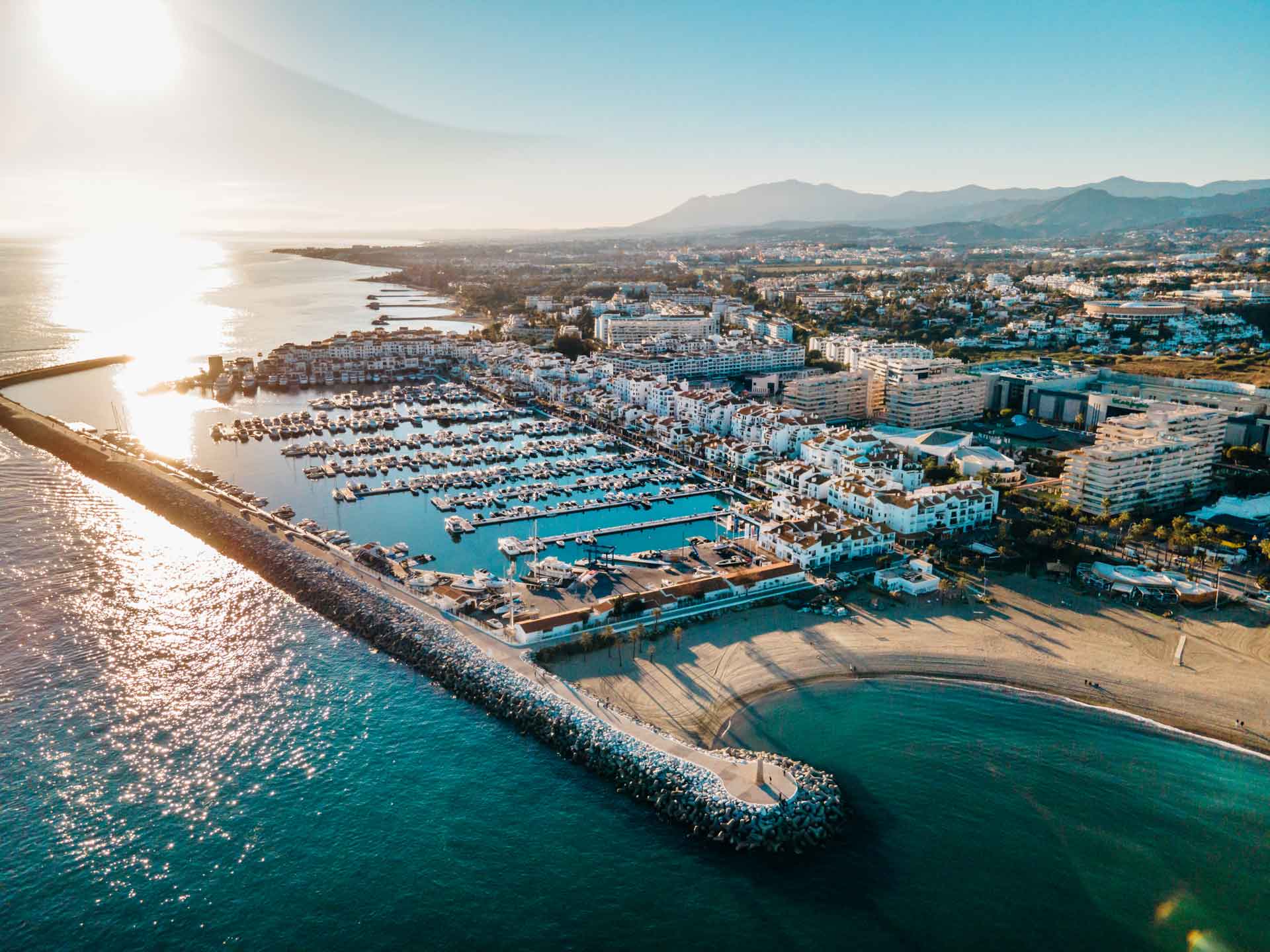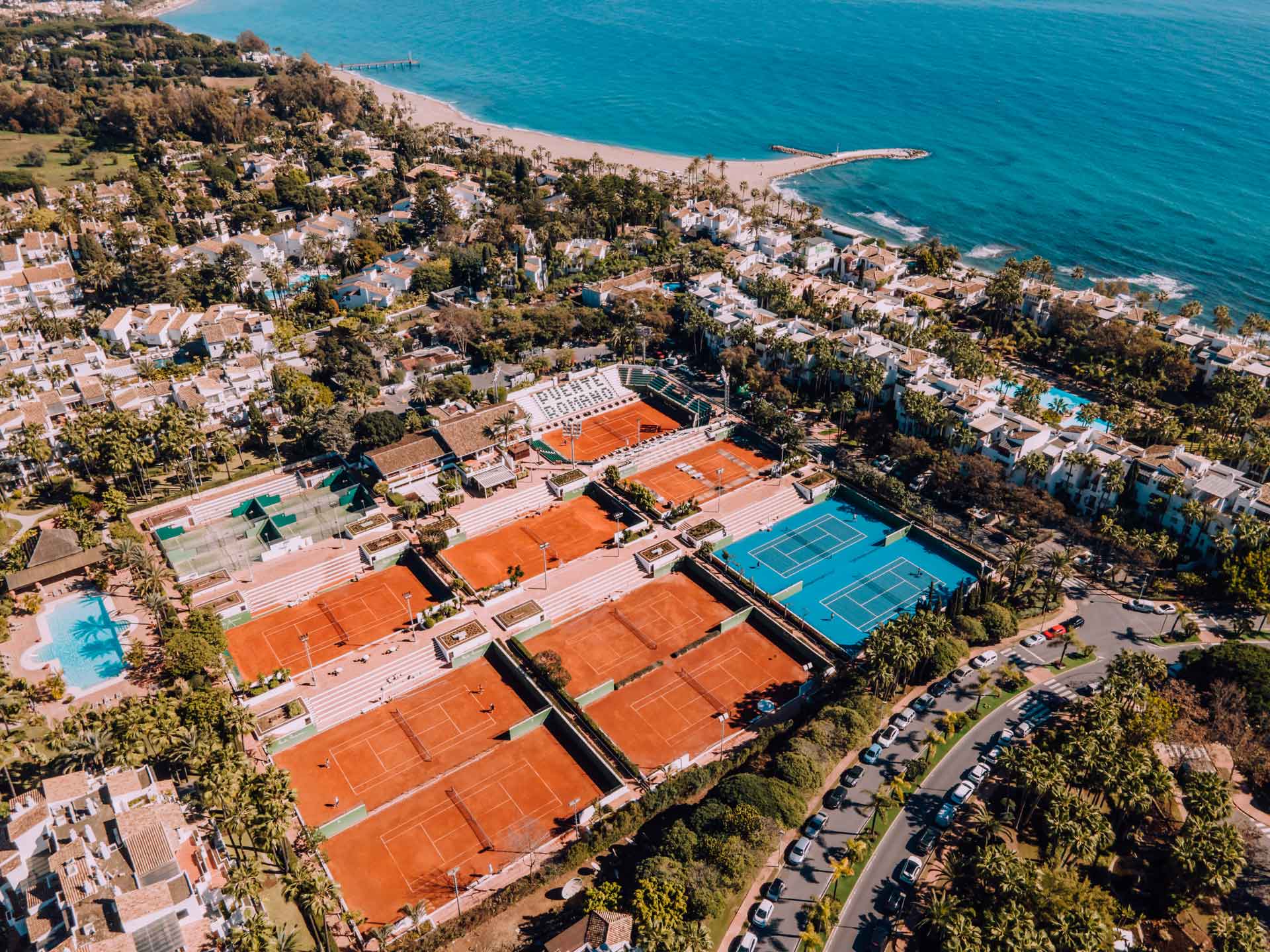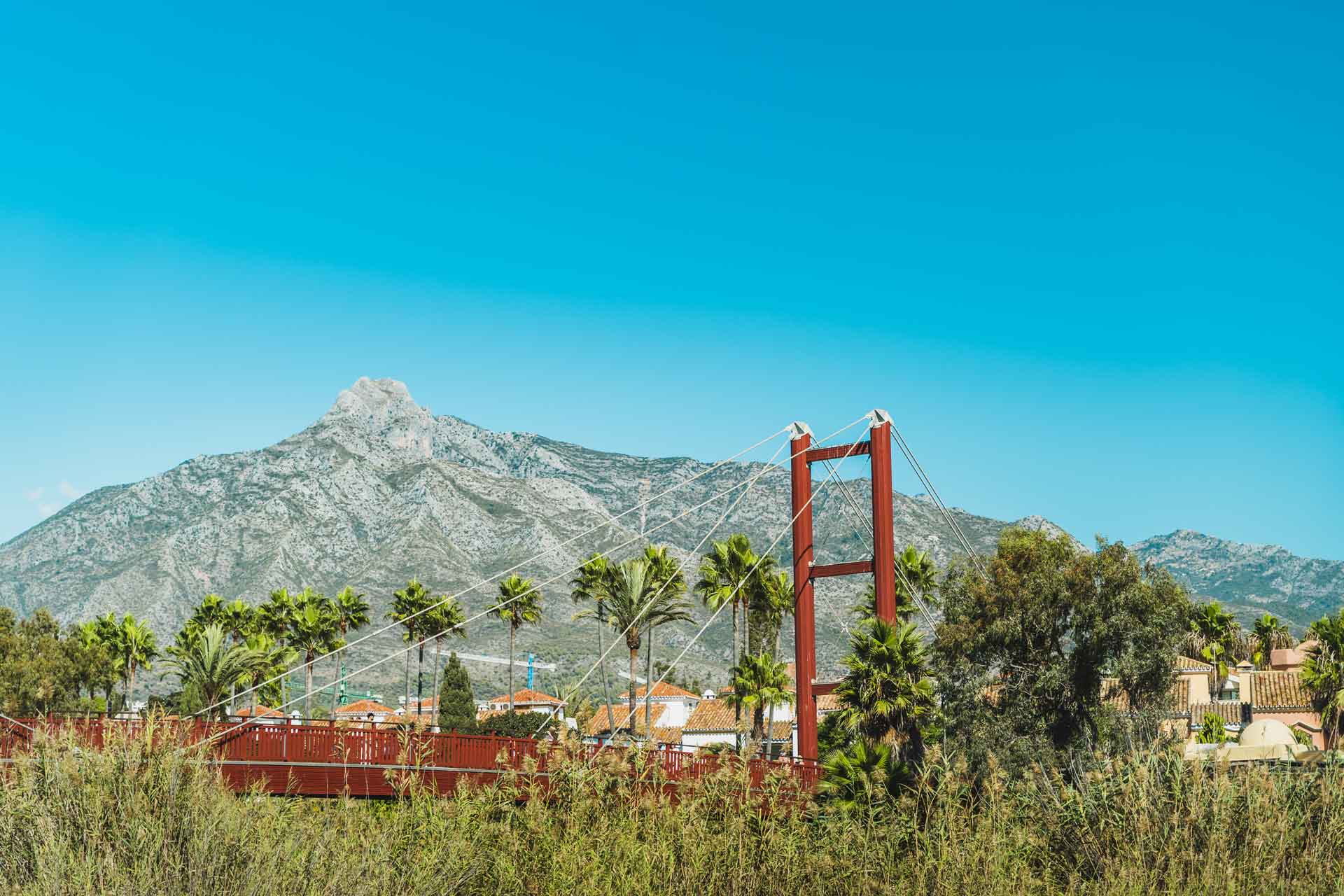The history of Marbella, a short Introduction
Marbella is a beautiful coastal town located on the southern coast of Spain, in the province of Málaga. It is well known for its stunning beaches, luxury resorts, and exclusive marinas, attracting millions of visitors every year. But beyond its contemporary glamor, Marbella has a rich and fascinating history that dates back to ancient times. In this blog, we will explore the evolution of Marbella, from its earliest origins to its current status as one of the most popular tourist destinations in the world.
Roots of Marbella
Marbella, a coastal city in the southern region of Spain, has a rich and diverse history. Some historians believe that Marbella was inhabited as early as the 7th century BC, while the Roman settlers are thought to have been in what is now Marbella Old Town. The city was given the title of capital of the region in the late 15th, early 16th century, and around this time, Plaza de los Naranjos and other buildings in Marbella old town were built.
During the Islamic rule in the 10th century, the Moors built many lighthouse towers along the coast, a citadel, an alcazaba, and a wall to protect the town. The name Marbella is derived from what the Arabs called it, ‘’Marbal La’ this means ‘’shiny stone’’ in their language.’
In the early 19th century, iron ore was discovered in Ojen near Marbella, and blast furnaces were constructed, which ultimately produced over 75% of the country's cast iron, creating many jobs in the area. However, the dismantling of the steel industry some years later meant much of the population of Marbella had to return to farming or fishing for their livelihood. By the end of the 19th century, the general population was split into working-class and oligarchs, with almost no middle class.
Modern Marbella
During the Spanish civil war, Marbella suffered greatly, and many buildings burned to the ground. After WWII (the 20th century) Marbella underwent a transformation from a quiet fishing village to a thriving tourist destination. The Marquis of Ivanrey and his nephew Prince Alfonso of Hohenlohe-Langenburg acquired two estates in the area, one of which became the famous Marbella Club Hotel in 1954, frequented by international movie stars and members of European aristocratic families. Puerto Banus was built in 1970, and the lavish opening of the resort was attended by many famous names.
Marbella in 2023
Marbella continued to become a destination for the jet set in the 70's and 80's, and Prince Fahd built his famous palace resembling the White House in the town. However, things took a turn for the worse in the 90's when Atletico Madrid President Jesus Gil y Gil became Mayor. During his reign as mayor, the Costa del Sol became a safe haven for gangsters, and investigations into corruption began. His two predecessors were also investigated, and the town stood near bankruptcy in 2006.
After a short period, municipal elections were held, and in 2007 Maria Angeles Muñoz of the People's Party won the vote for mayor. Since taking the reins, Mayoress Muñoz has done a lot of good for Marbella, encouraging good business practice and ensuring it emerges as a stronger town with a bright future. Today, Marbella is one of the most popular tourist destinations in Spain, attracting millions of visitors every year with its stunning beaches, luxurious resorts, and exclusive marinas.
Conclusion
Marbella's history is rich and diverse, from its Roman past to its present-day status as a popular holiday destination. Marbella is a vibrant and cosmopolitan town that seamlessly blends its rich history with modern-day luxury and glamor. Marbella has something to offer everyone.
